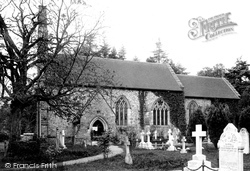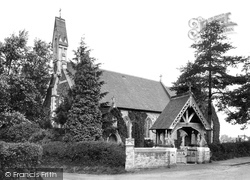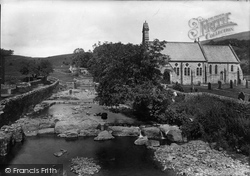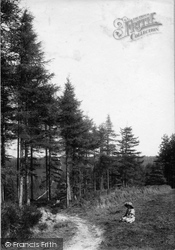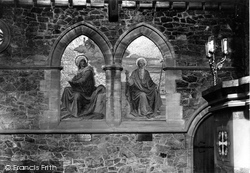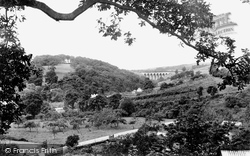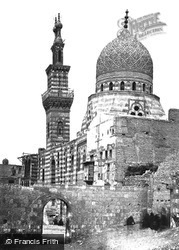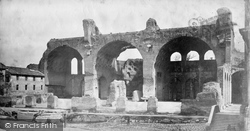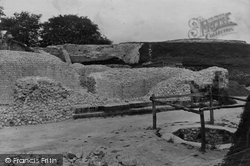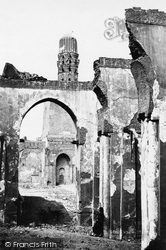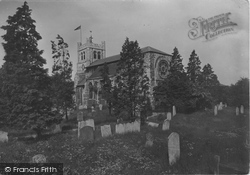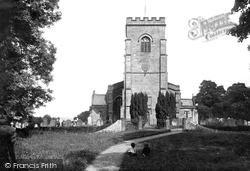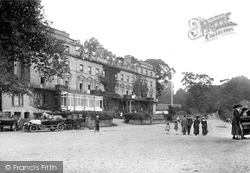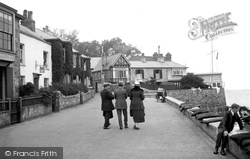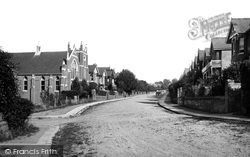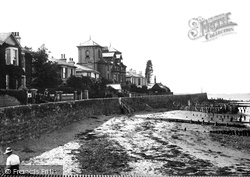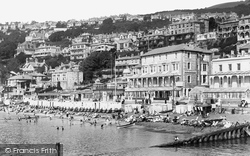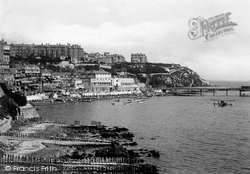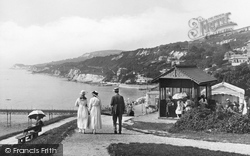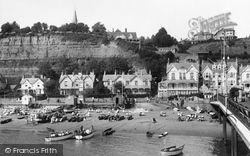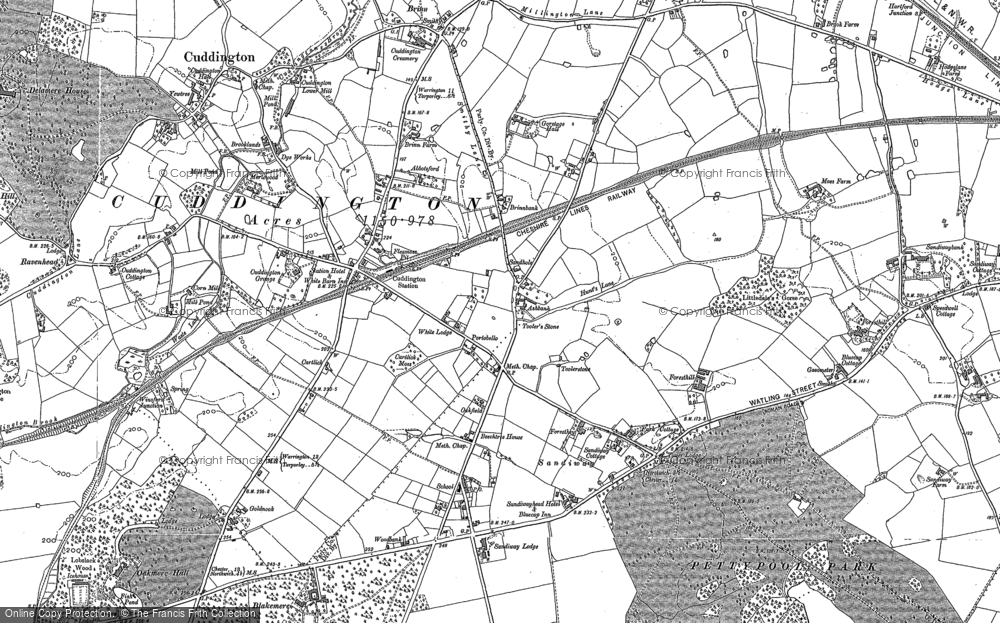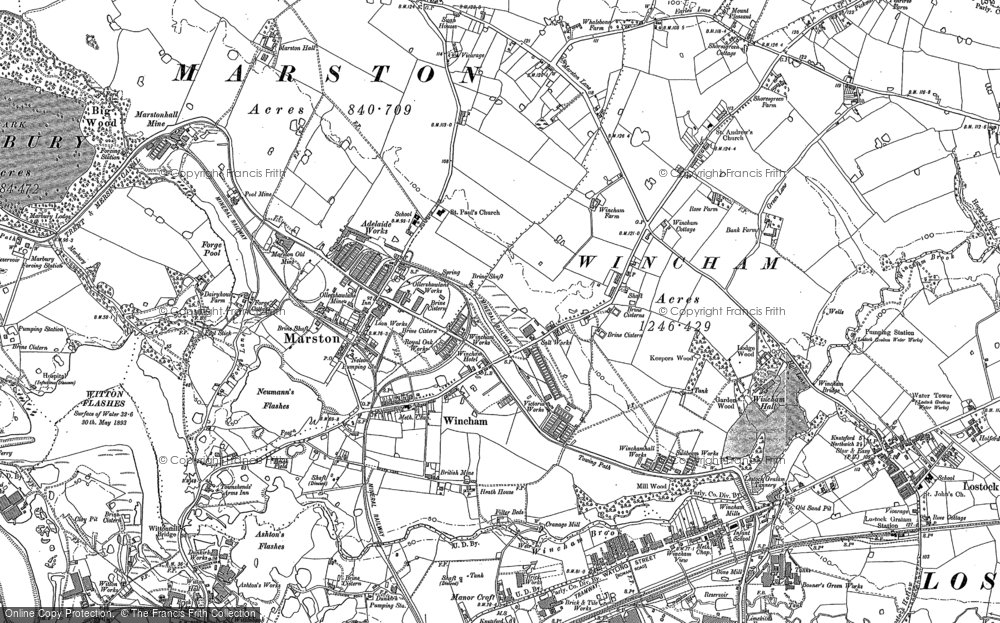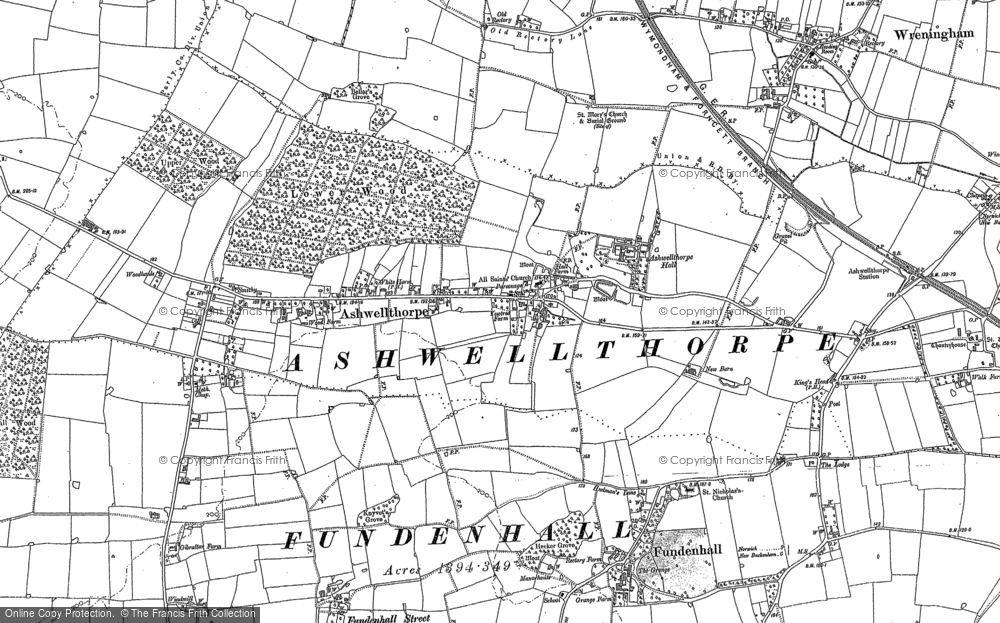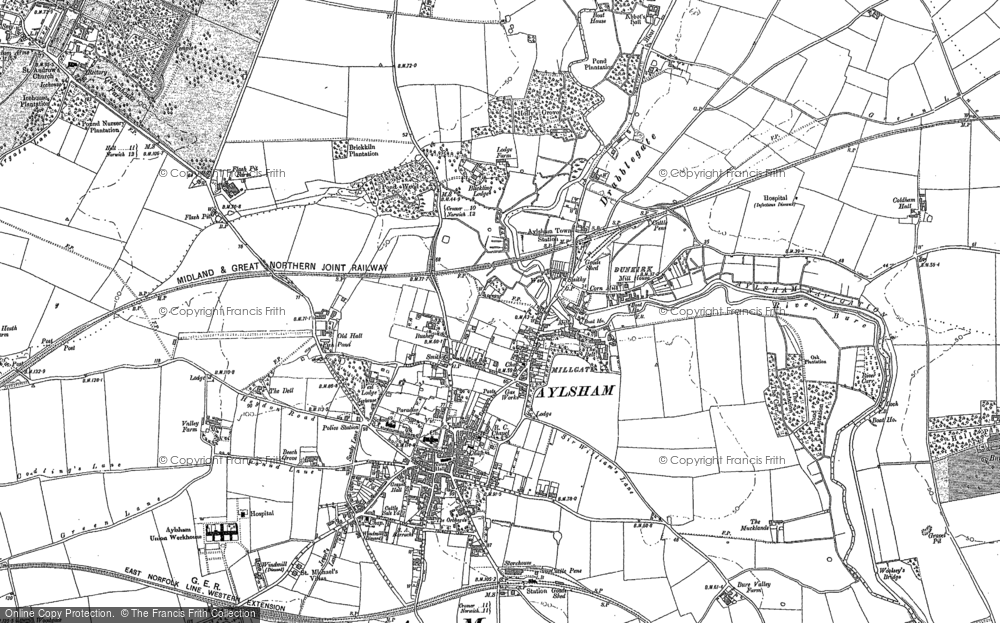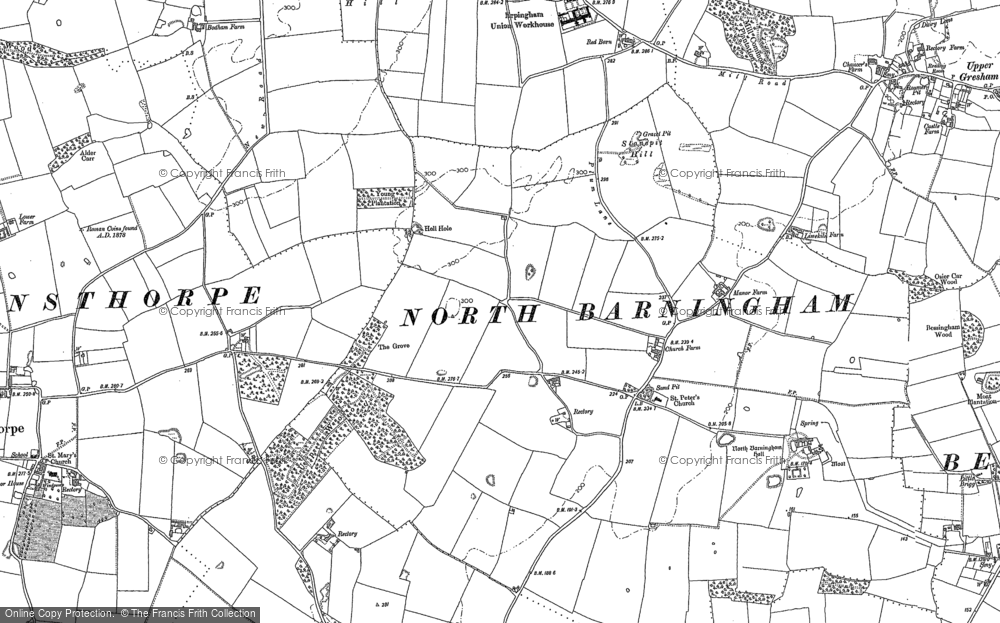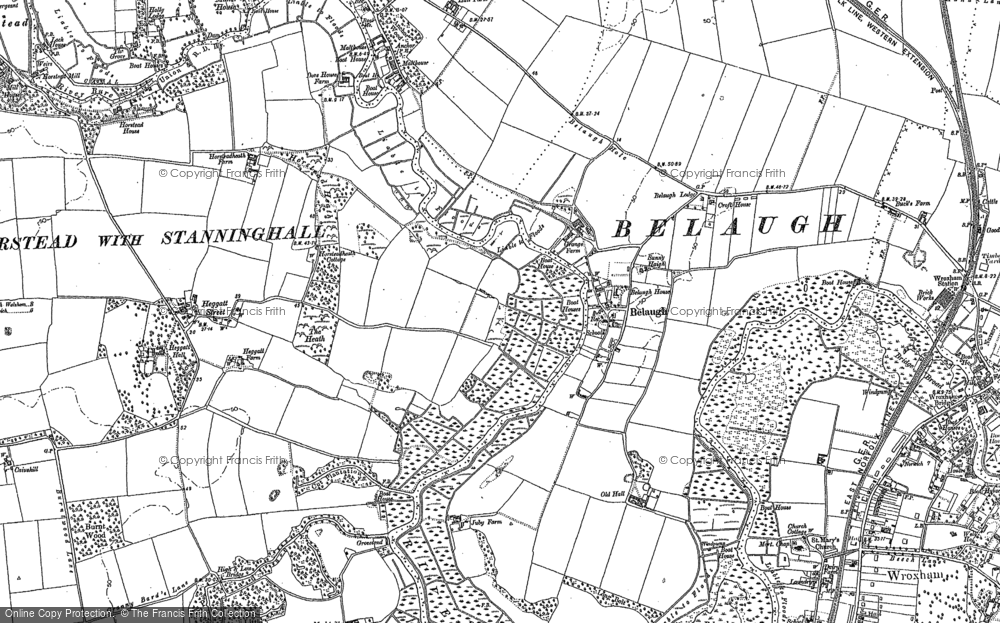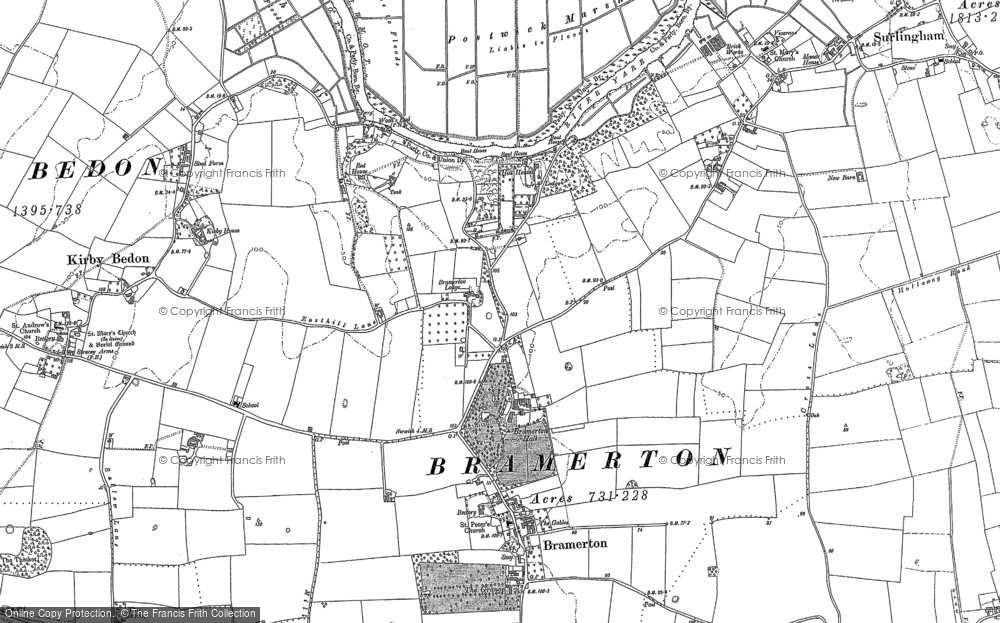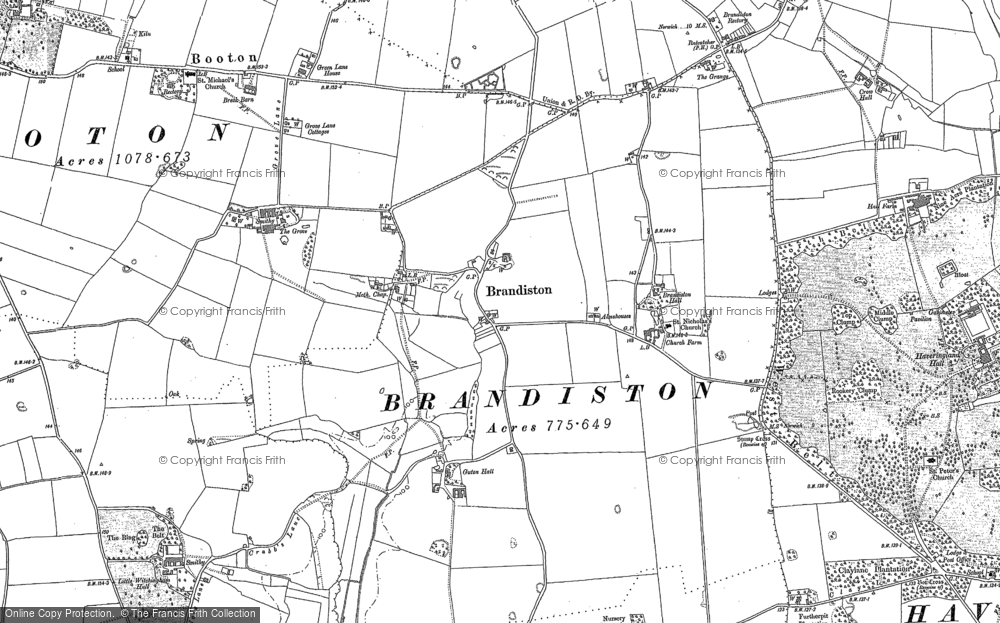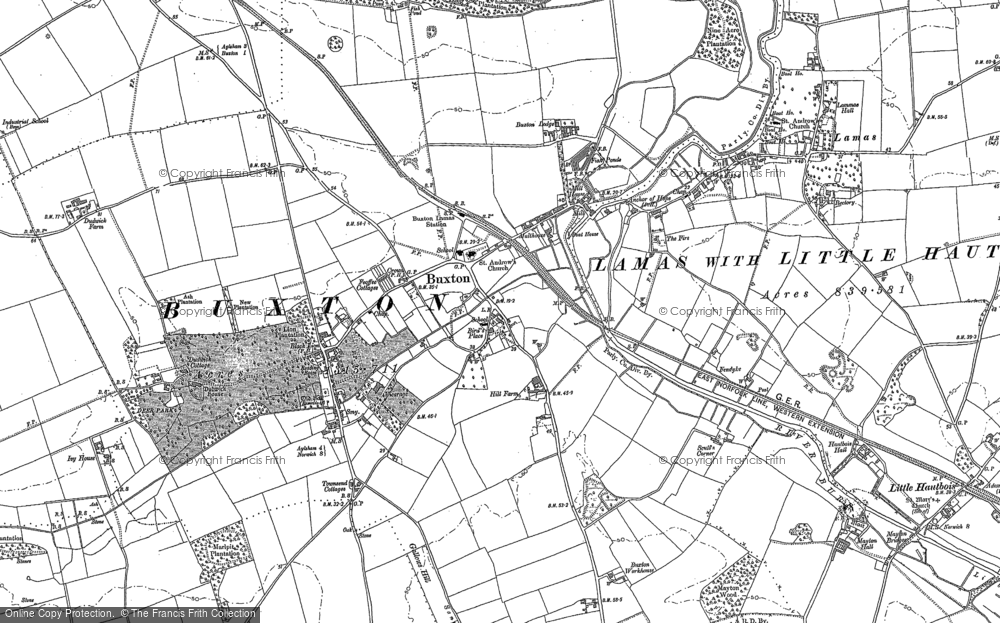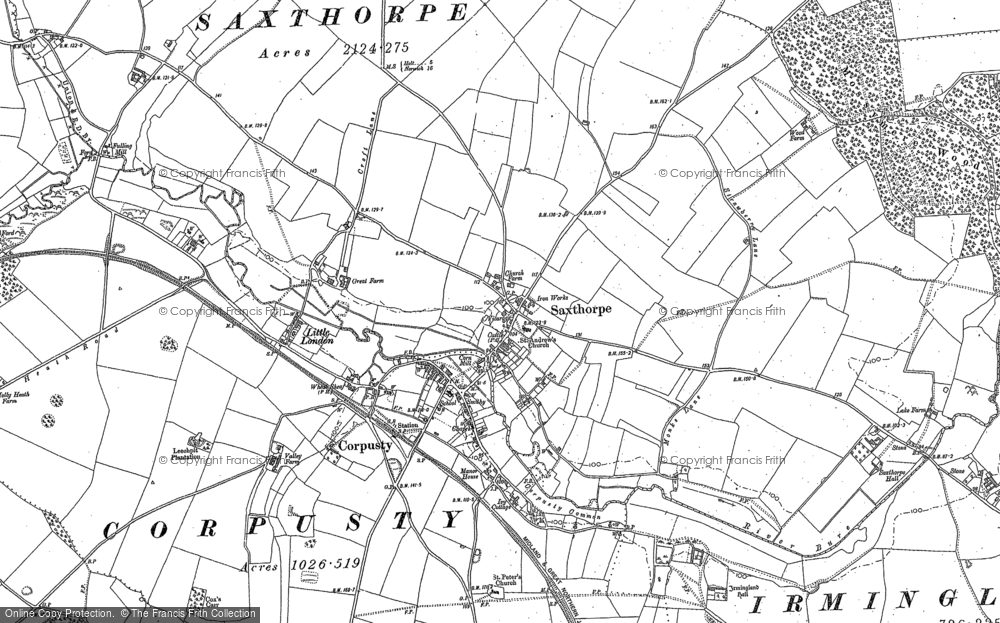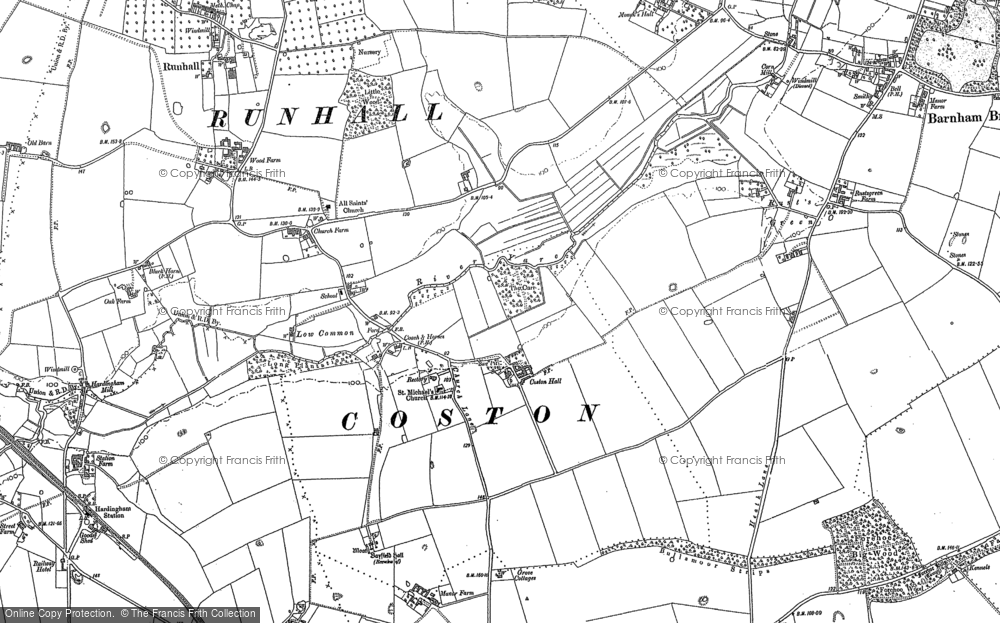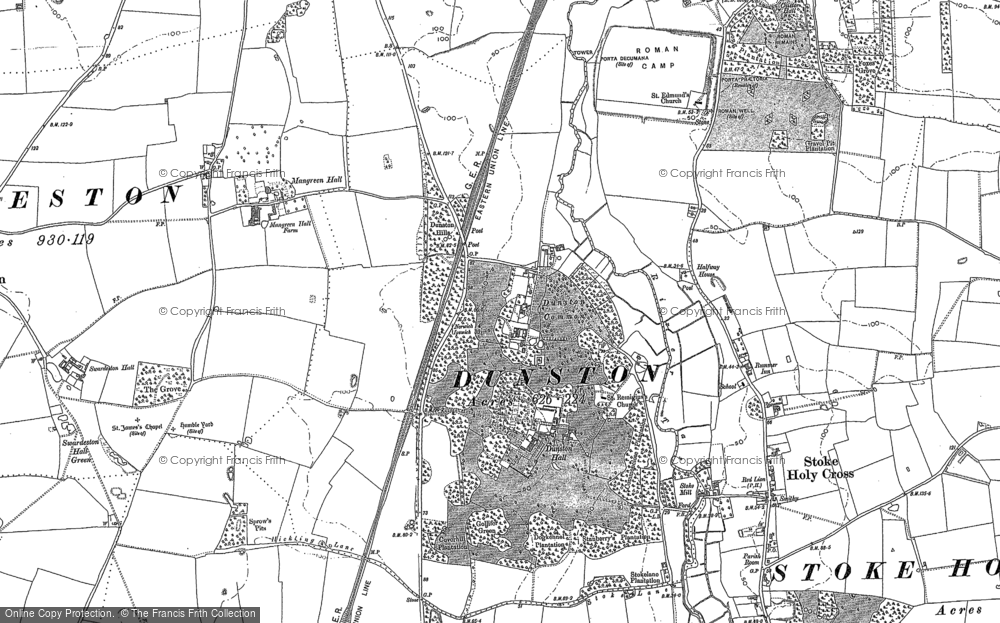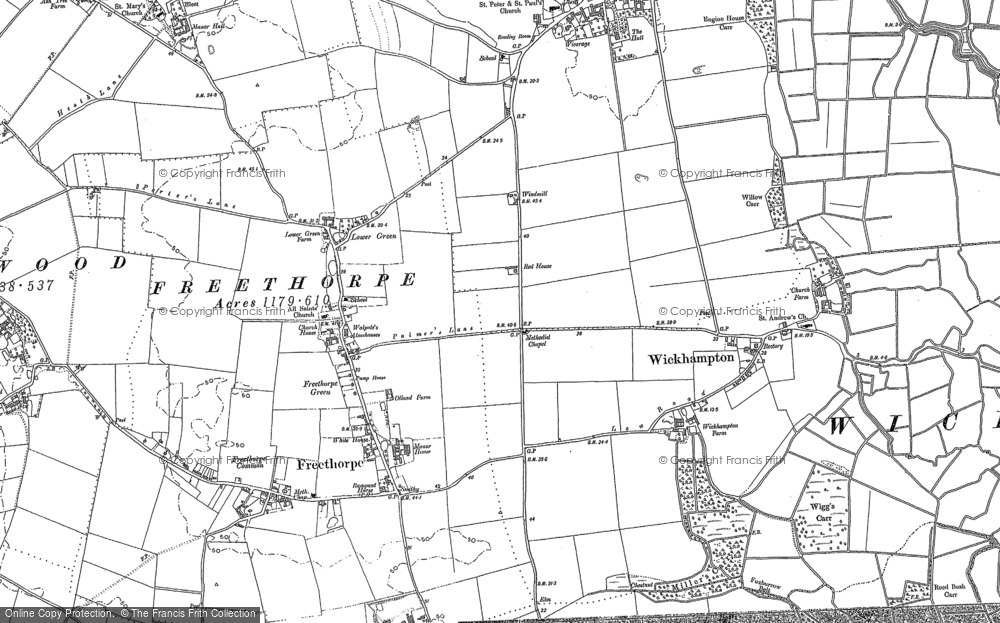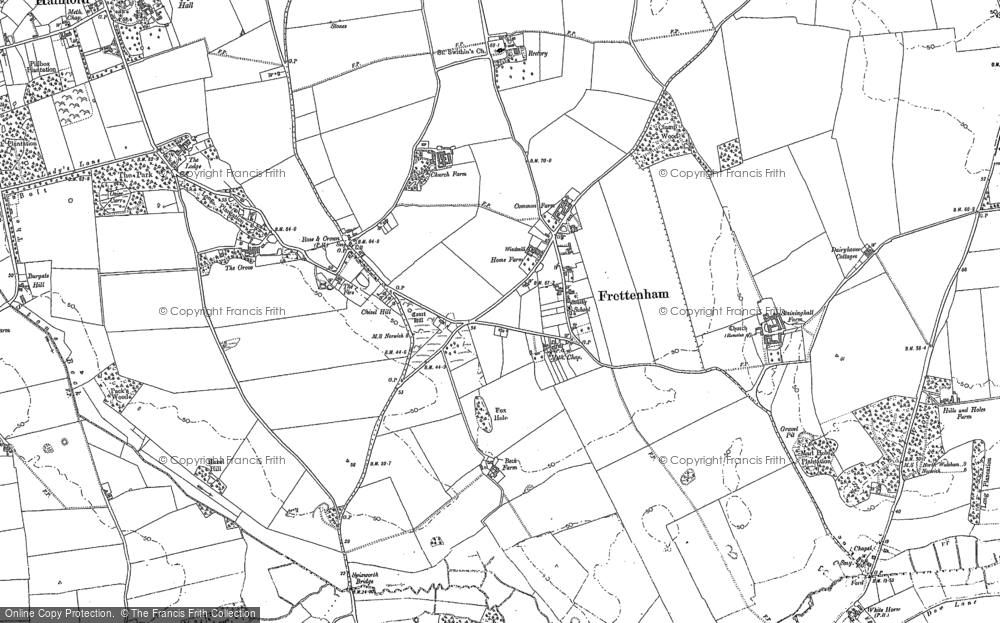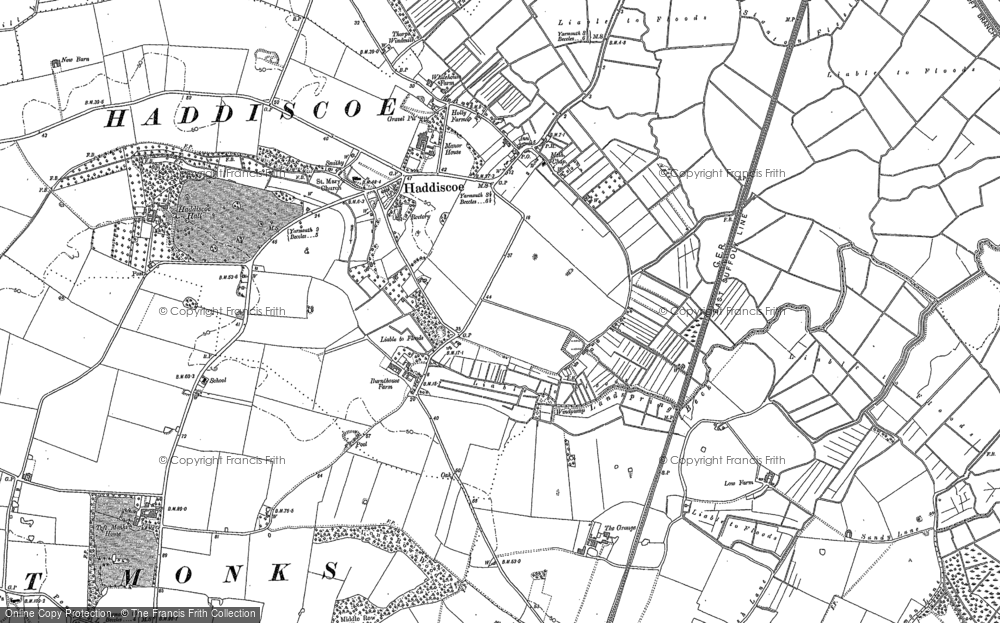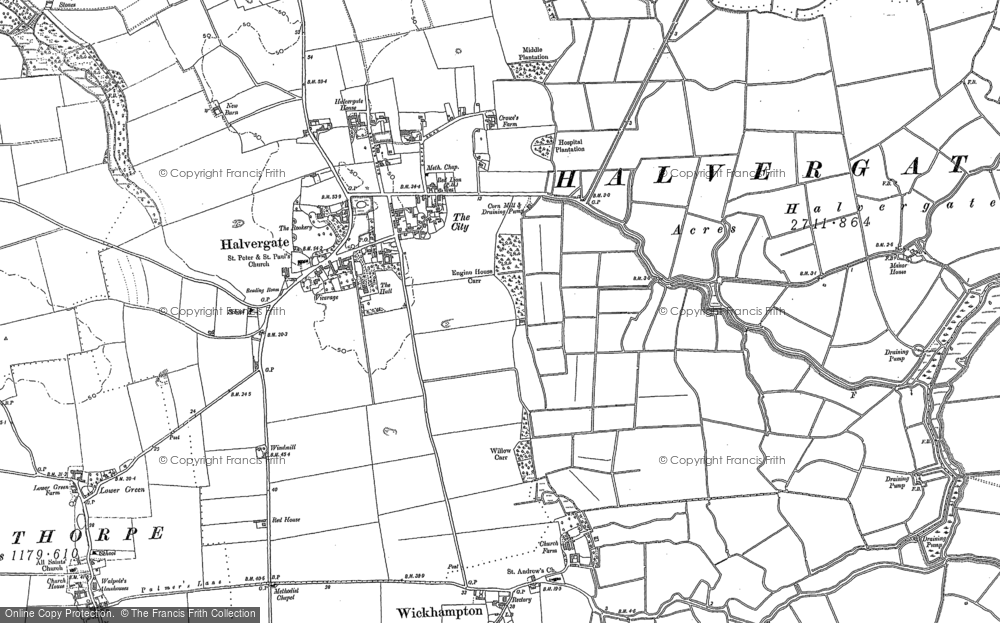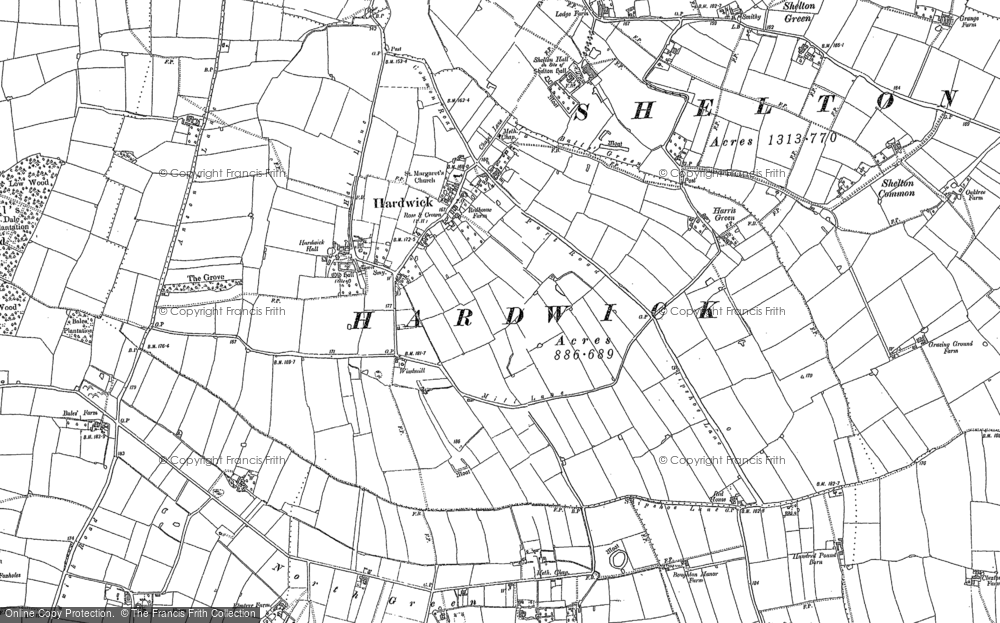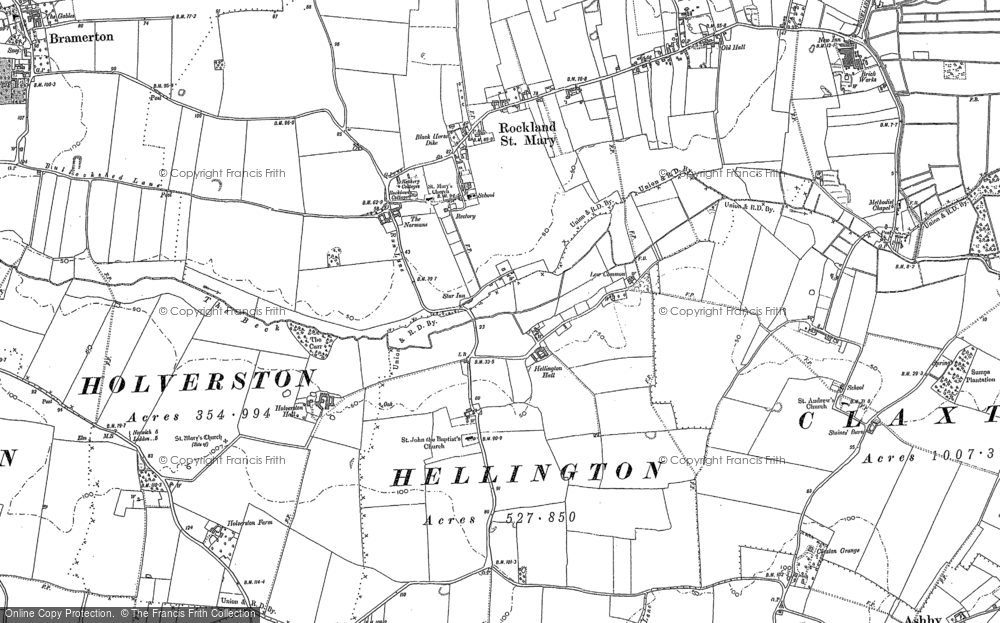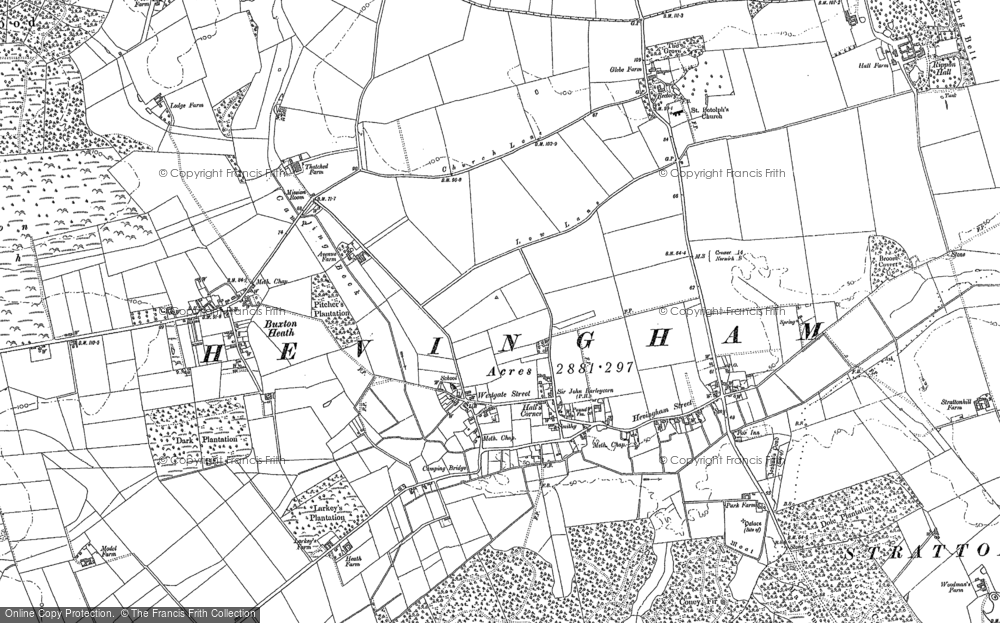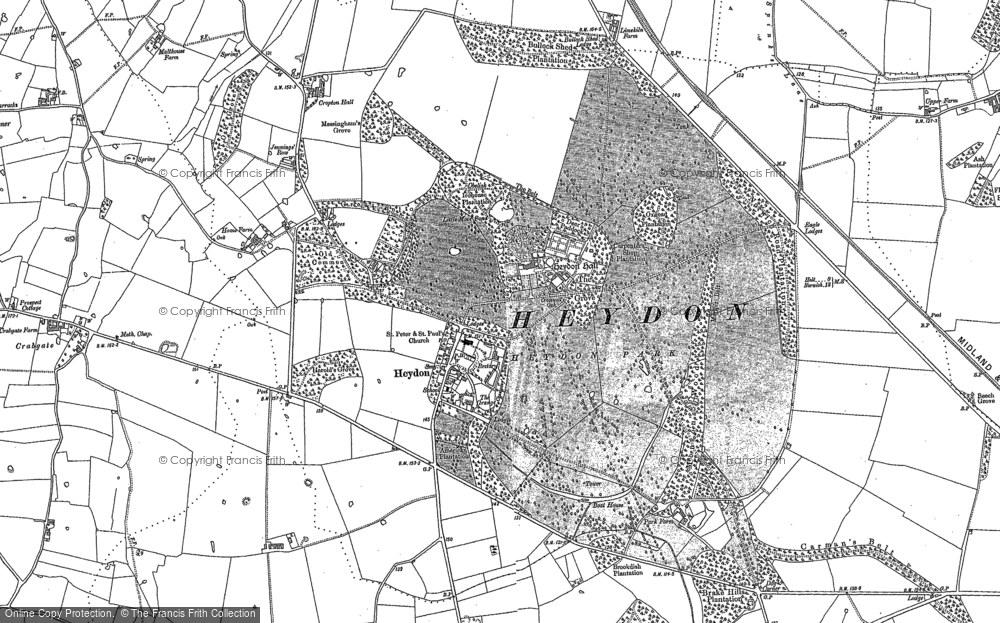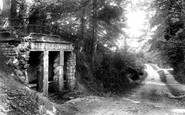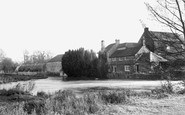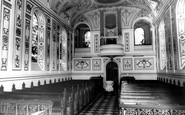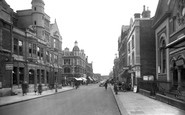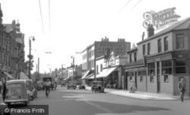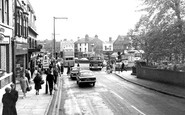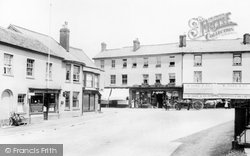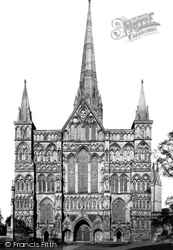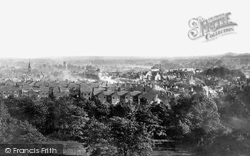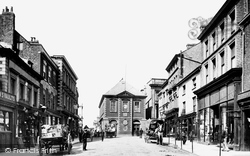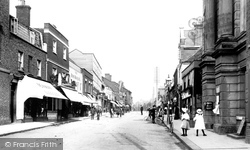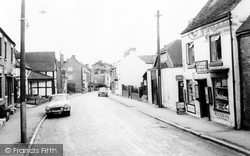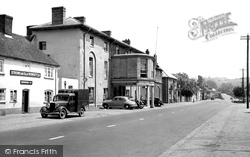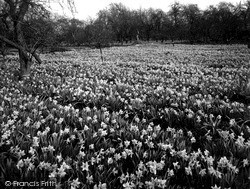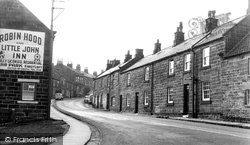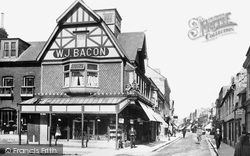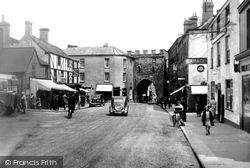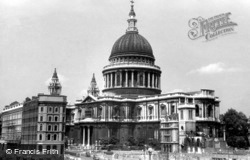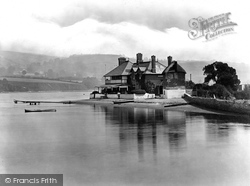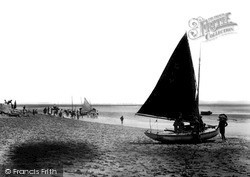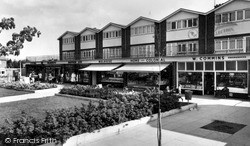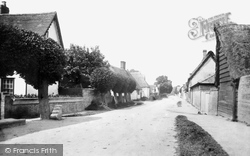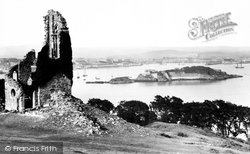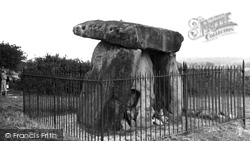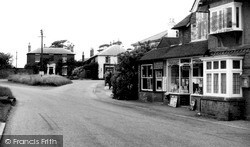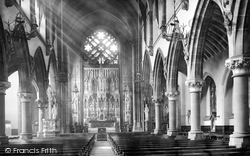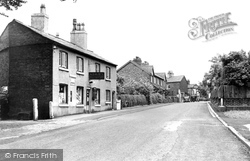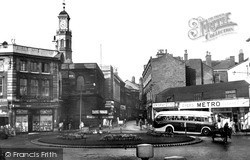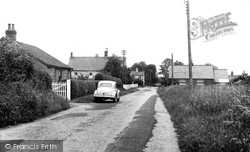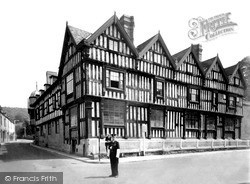Places
36 places found.
Those places high-lighted have photos. All locations may have maps, books and memories.
- Shanklin, Isle of Wight
- Ventnor, Isle of Wight
- Ryde, Isle of Wight
- Cowes, Isle of Wight
- Sandown, Isle of Wight
- Port of Ness, Western Isles
- London, Greater London
- Cambridge, Cambridgeshire
- Dublin, Republic of Ireland
- Killarney, Republic of Ireland
- Douglas, Isle of Man
- Plymouth, Devon
- Newport, Isle of Wight
- Southwold, Suffolk
- Bristol, Avon
- Lowestoft, Suffolk
- Cromer, Norfolk
- Edinburgh, Lothian
- Maldon, Essex
- Clacton-On-Sea, Essex
- Felixstowe, Suffolk
- Norwich, Norfolk
- Hitchin, Hertfordshire
- Stevenage, Hertfordshire
- Colchester, Essex
- Nottingham, Nottinghamshire
- Bedford, Bedfordshire
- Bury St Edmunds, Suffolk
- Aldeburgh, Suffolk
- St Albans, Hertfordshire
- Hunstanton, Norfolk
- Chelmsford, Essex
- Bishop's Stortford, Hertfordshire
- Peterborough, Cambridgeshire
- Brentwood, Essex
- Glengarriff, Republic of Ireland
Photos
11,145 photos found. Showing results 8,501 to 8,520.
Maps
181,031 maps found.
Books
442 books found. Showing results 10,201 to 10,224.
Memories
29,071 memories found. Showing results 4,251 to 4,260.
Cuperhead Across From Alan St. Skyscraper Flats
Before we moved to the flats in Cuperhead, we lived in Culzean Place which were very small tin houses /maisonettes. We were a family of 5 at that time till we moved to the flats in Cuperhead, then ...Read more
A memory of Coatbridge in 1959
Chelsea Manor Buildings
I grew up in Chelsea Manor Buildings in the 1960s-1970s. I have such fond memories of shopping with my mum in the Kings Road queuing for bread in Mrs Beatons on a Sat and shopping in Johns the grocers in flood street. Playing ...Read more
A memory of Chelsea by
School Hoildays
The days when you could let your children out to play and not worry. We used to sneak up in the hole in the fence to play in the big oak tree that sits above the shelter. It was our camp and was called the Five Oaks. We took food ...Read more
A memory of Aylesbury in 1969 by
Heytesbury The Mill
I was born at 119 Park Street, Heytesbury in 1942; this was/is the last cottage on the right-hand side of the old A36 as you leave the village travelling towards Knook. I believe No119 and the adjoining No118 have long since ...Read more
A memory of Heytesbury in 1955 by
Memories
I lived in the Stourport Lodge where I was born. My parent were John and Joyce Davies who used to own Witley Court. I and my sister, Jenny Davies, have lot memories of playing around with Alan, Keith Hooper, Jill Weaver and Michael Franies.
A memory of Great Witley in 1955 by
An Idyllic Childhood In New Haw
I wanted to add my own memories of growing up in New Haw from 1965 until moving again in 1973. The family moved from Richmond (then in Middlesex) to 187 New Haw Road, a detached 3-bedroom house with 1/3 acre of ...Read more
A memory of New Haw in 1966 by
St. Mary's Convent School
I lived in the hamlet Ledwell near to Radford . I and another boy Edmund Wilson and I became Day pupils at this school until it closed in about 1953/4. My lasting memory was the daily after lunch walks along the ...Read more
A memory of Radford in 1951 by
Redhill Baptist Church
My father was the minister of Redhill Baptist Church, known as the Tabernacle (extreme right of picture) until it was pulled down in the late 1950s and a new church built on Hatchlands Road. While the new church was being ...Read more
A memory of Redhill in 1959 by
My Husband's Memories Of Brighton Road
My name is Robert Madgwick and from the age of 3 I lived at 80, Brighton Road with my 3 sisters and David Clements and his family. I remember Harper's Paper Shop - my sister Rosemary had a paper round there. ...Read more
A memory of Surbiton in 1946 by
Wonderful Childhood Memories
I lived in Cannock from 1963 to 1970. We lived on the Longford Estate in Leamington Close, we were the first family to live in that house after it was built. I went to Bridgetown Primary School and started year 1 in ...Read more
A memory of Cannock in 1860 by
Your search returned a large number of results. Please try to refine your search further.
Captions
29,395 captions found. Showing results 10,201 to 10,224.
Set in the midst of particularly fertile part of the county, Ottery had a market for centuries.
Viewed from the west, the façade of the west front is dominated by the Great West Window and the Triple Arch Door.The west front of many cathedrals were intended to be showpieces.
This shows the view from the roof of Bent's Brewery. In the 12th century there was an Augustinian priory in the village.
Wrexham stands on the tributary of the River Dee. It is a town full of history - the founder of Yale University in the US (Elihu Yale), came from the Wrexham area, and is buried at St Giles's church.
A further view of the High Street taken eight years after photograph 35669, this time from closer to the columns of the Town Hall.
From Saxon times Feckenham was the administrative centre for the Forest of Feckenham, which once covered most of north Worcestershire.
A Rover 80 is parked to the left of the yellow brick Grosvenor Hotel, the headquarters of the Houghton Club, a fishermen's club controlling fishing on the River Test.
It was not only Wordsworth who could see daffodils; we in Lincolnshire can see millions of them at the appropriate time of the year.
Solid sandstone terraced houses line the Main Street of Castleton in Eskdale, on the northern edge of the North York Moors.
Here are some splendid examples of Victorian shop fronts. W J Bacon's general store has awnings and a covered walkway to protect customers from both sun and shower.
Until the late 13th century, the town of Chepstow appears to have had no defences on its landward side.
Five years after the end of the Second World War, there was still much evidence of the severe bombing around the cathedral.
Pub, children's playground, restaurant, tea room - the Combe Cellars is all of these. It is built on a spit of land to the south side of the Teign estuary, and can be reached by only one road.
This is one of the final stretches of golden sand that once graced the foreshore at Parkgate before the estuary totally silted up and salt marsh encroached. Parkgate was a popular yachting centre.
Stevenage was the first of a series of post-Second World War new towns ringing London. Initially, Knebworth had been suggested, but it was felt that railway provision was better at Stevenage.
A set of stone steps leading nowhere might seem a rather odd thing to have on the roadside.
Now in Cornwall, Mount Edgecumbe, from where this picture was taken, was once part of Devon. The nearby vil- lage of Kingsand still has a stone showing where the boundary used to lie.
One of the most famous prehistoric structures in England, these three upright stones, surmounted by a capstone almost thirteen feet long, formed the central compartment of a Neolithic burial chamber.
This small hamlet, with its modest houses clustered around a village green, was known as 'the dome of Kent' from a crown of beech trees surmounting its position high up on the sandstone ridge overlooking
St Mary's Church was built between 1875-77 on the site of a former cotton factory in Buttermarket Street, close to the working-class districts which provided its congregation.
The post office and general store were essential parts of village life, so not surprisingly they feature on many of Frith's postcards; these were later sold at the post office counter and the village store
Road traffic was much lighter in the 1950s, but even then Sankey Street represented a major bottleneck on the main A57 Liverpool to Manchester Road.
The school was built on the Green in 1872 at a cost of £700, with accommodation for 70 children. The side windows have gone and have been replaced by six sky-lights in the roof.
Here we see the front of the Feathers Hotel on the right. The building was erected in 1565, although the top storey was added later.
Places (6814)
Photos (11145)
Memories (29071)
Books (442)
Maps (181031)


